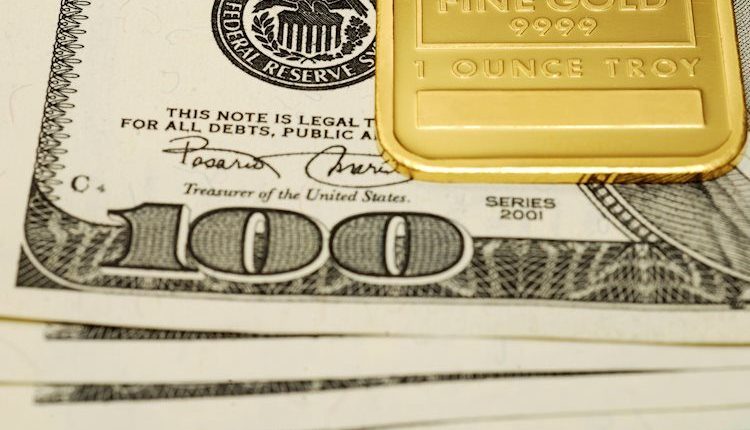- Gold price trades higher due to retreating in US Dollar (USD) from a winning streak.
- The decline in US Treasury yields has contributed to the correction in the Greenback.
- China-linked fears could suppress the demand for precious metal.
Gold price extends its gains on the second successive day, trading higher around $1,920 a troy ounce during the Asian session on Friday. The price of the yellow metal is experiencing minor support due to the correction in the US Dollar (USD) after a three-day winning streak, which could be attributed to the correction in US Treasury yields. The yields on 10-year US Treasury bonds declined to 4.22%, down by 1.36% in two days.
US Dollar Index (DXY), which measures the performance of the Greenback against the six other major currencies, trades around 104.90 below the highest since April. The index is continuing to cheer the consistent stream of positive data regarding the state of the US economy.
United States (US) data released on Thursday showed US Initial Jobless Claims as of September 1, reported a reading of 216K, lower than the previous figure of 229K. The data was expected to rise to 234K. While US Unit Labor Costs (Q2) rose to 2.2% from 1.6% prior, which was expected to remain consistent.
US Dollar’s (USD) recent strength appears to be rooted in investors’ increasing confidence in a more hawkish approach from the US Federal Reserve (Fed). Market participants seem to price in the likelihood of a 25 basis point (bps) interest rate hike during the Fed’s November and December meetings, as well as the possibility of the Fed maintaining higher interest rates for an extended period. This scenario could potentially limit the upward trajectory of gold prices.
Investor confidence remains constrained, primarily attributed to persistent concerns over the deteriorating economic conditions in China and the ongoing trade tensions between China and the United States (US). These risks, tied to China’s economic health and trade relations, have the potential to suppress the demand for precious metal.
Nevertheless, it’s worth noting that China has implemented a series of policy measures in the recent past aimed at revitalizing its struggling economy, especially after its post-pandemic recovery experienced a swift downturn. Additionally, more policy actions are anticipated in the near future.
Furthermore, the G20 leaders’ summit is set to commence in New Delhi this Saturday. Notably, U.S. President Joe Biden will be in attendance, while Chinese President Xi Jinping will not, further exacerbating the already delicate and deteriorating relationship between the two superpowers.
When there are no significant economic releases later in the day, traders will likely observe the upcoming multiple speeches from Fed members.
Read the full article here

